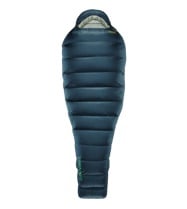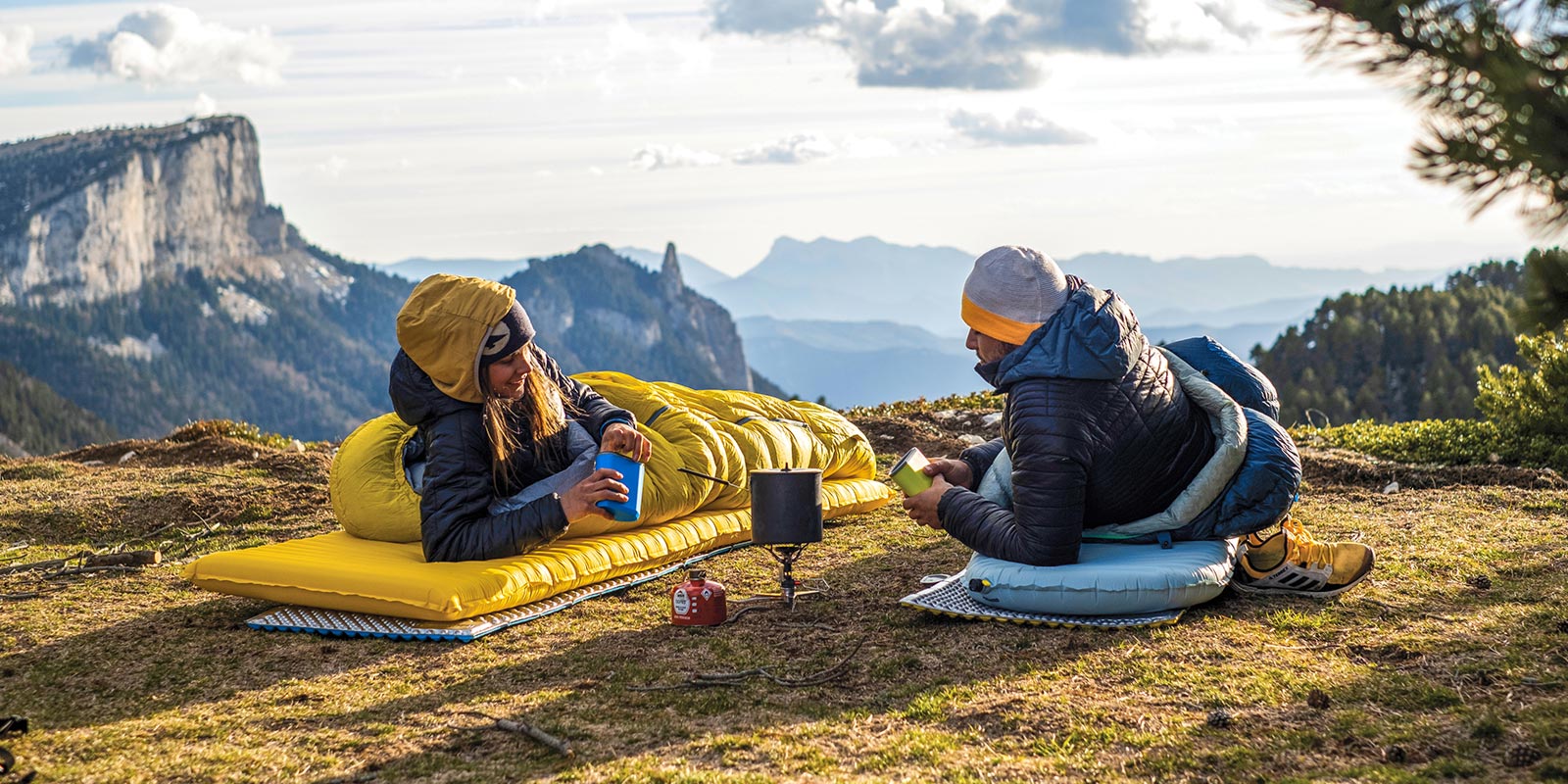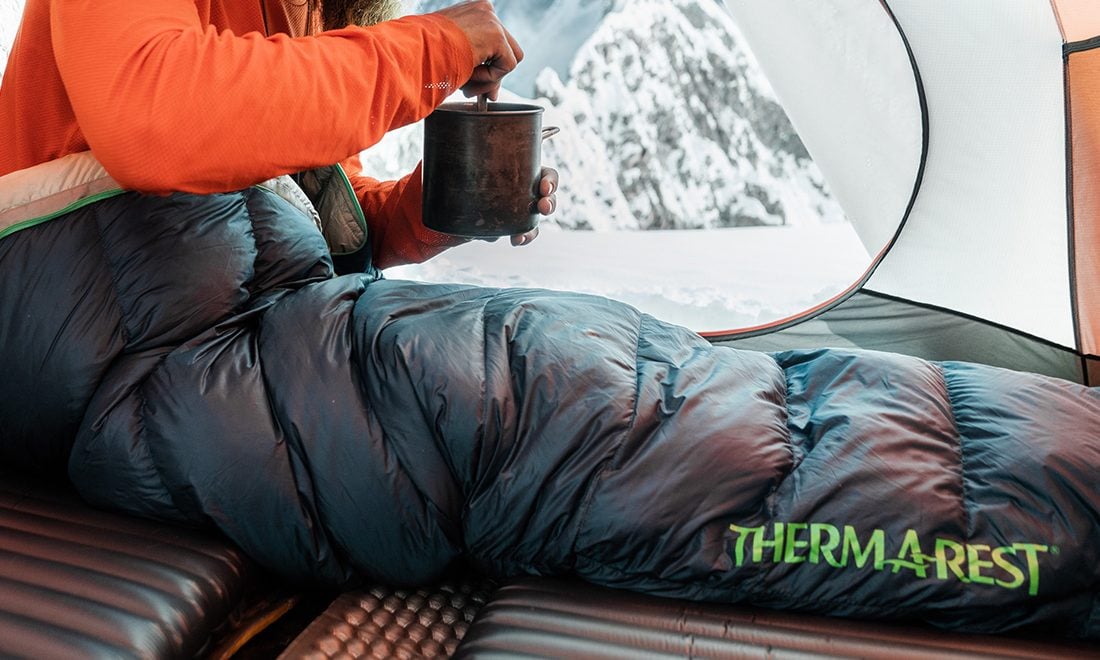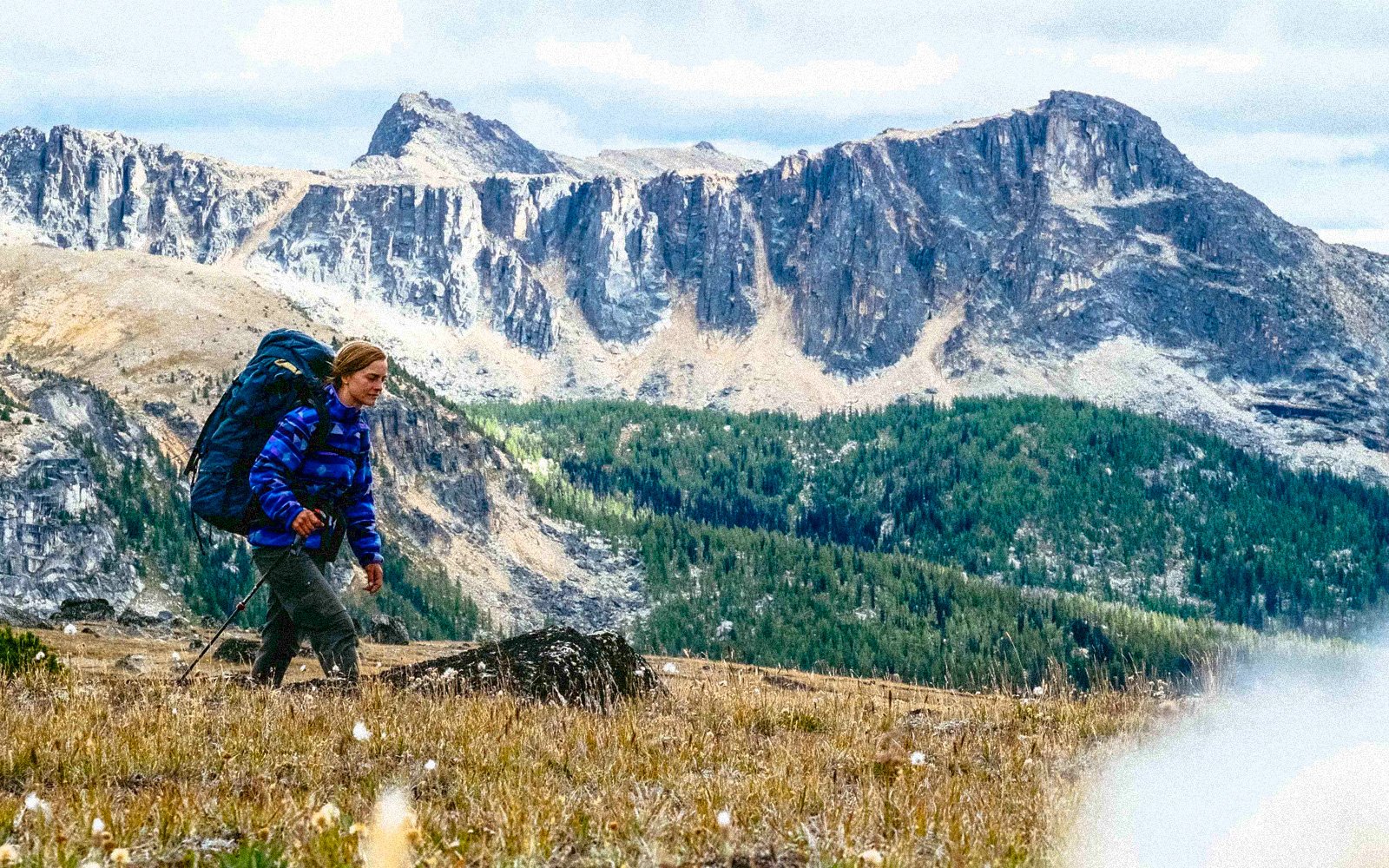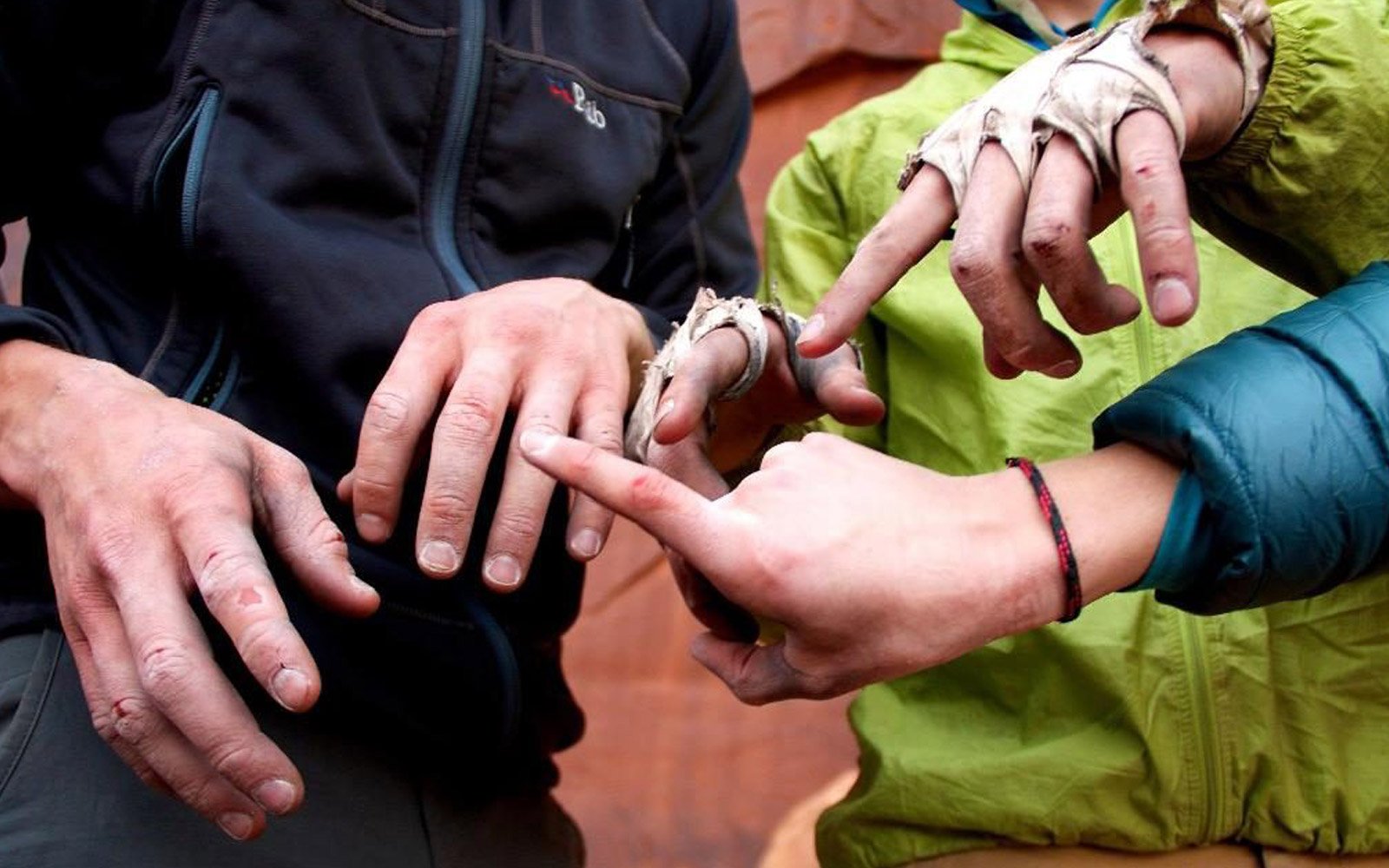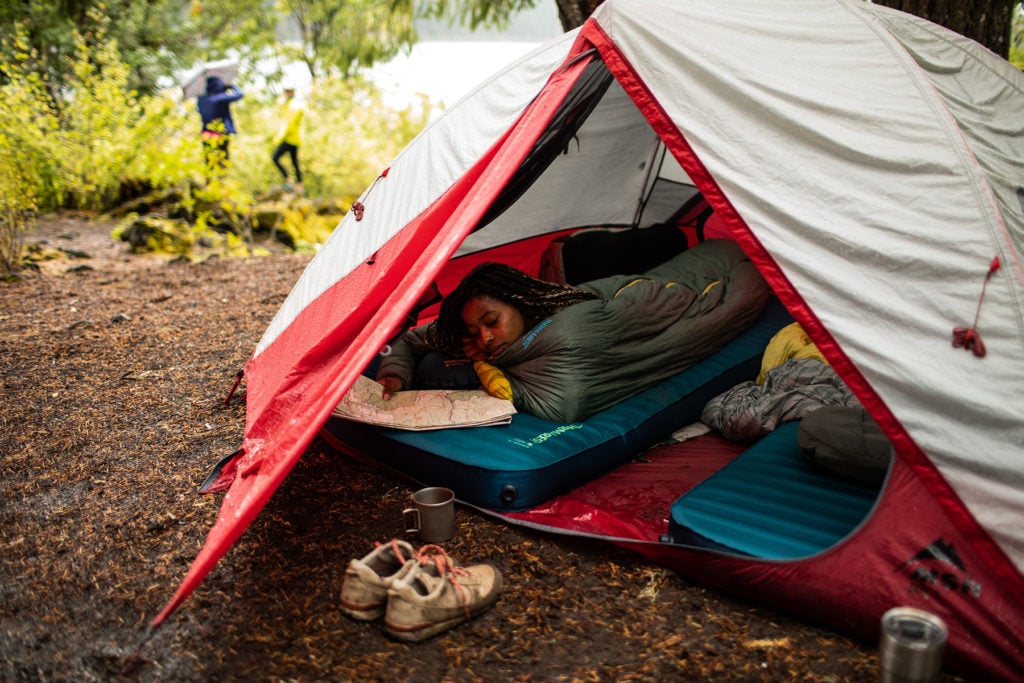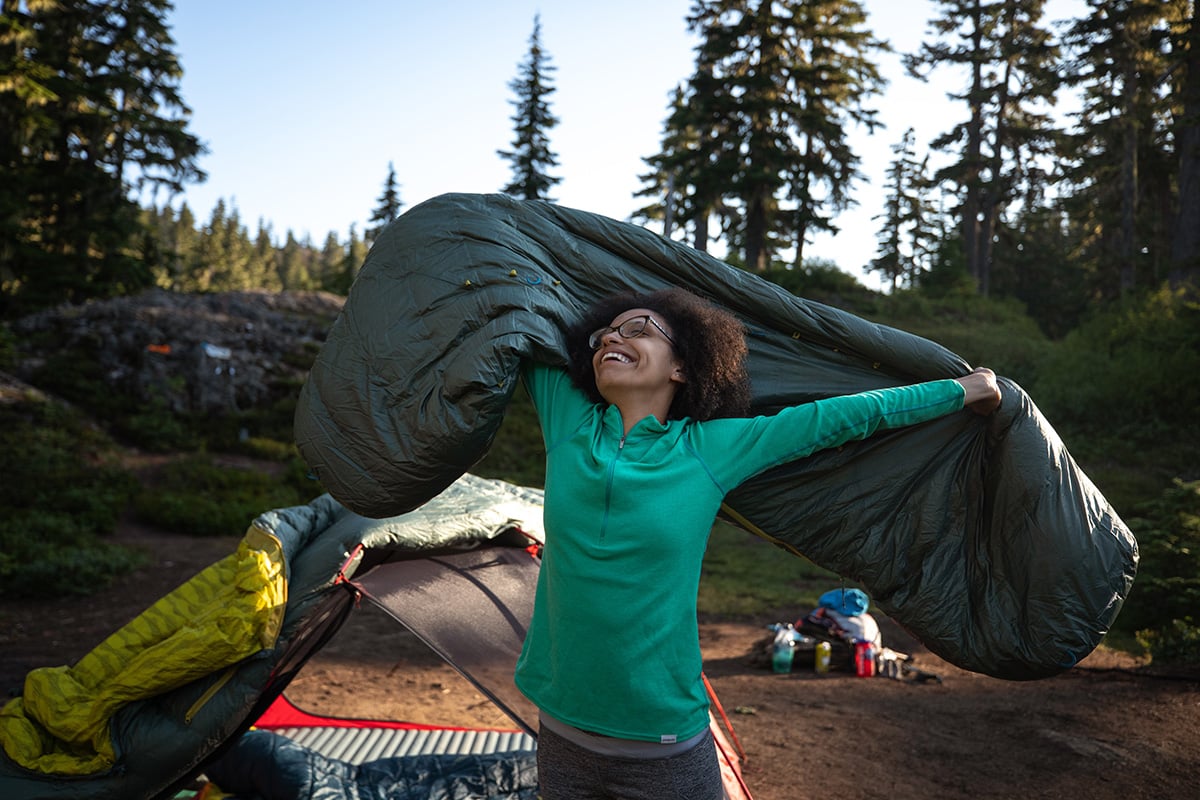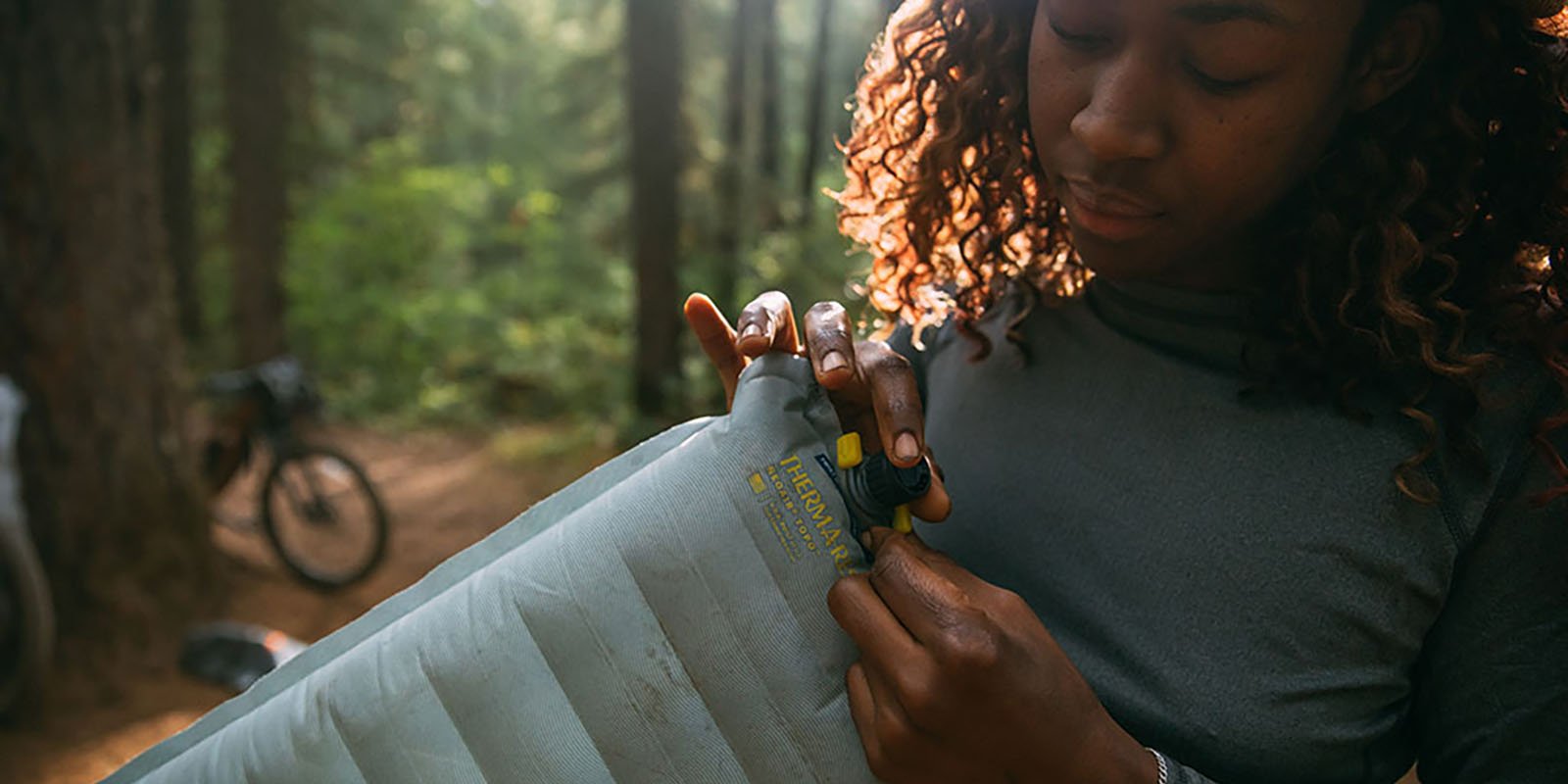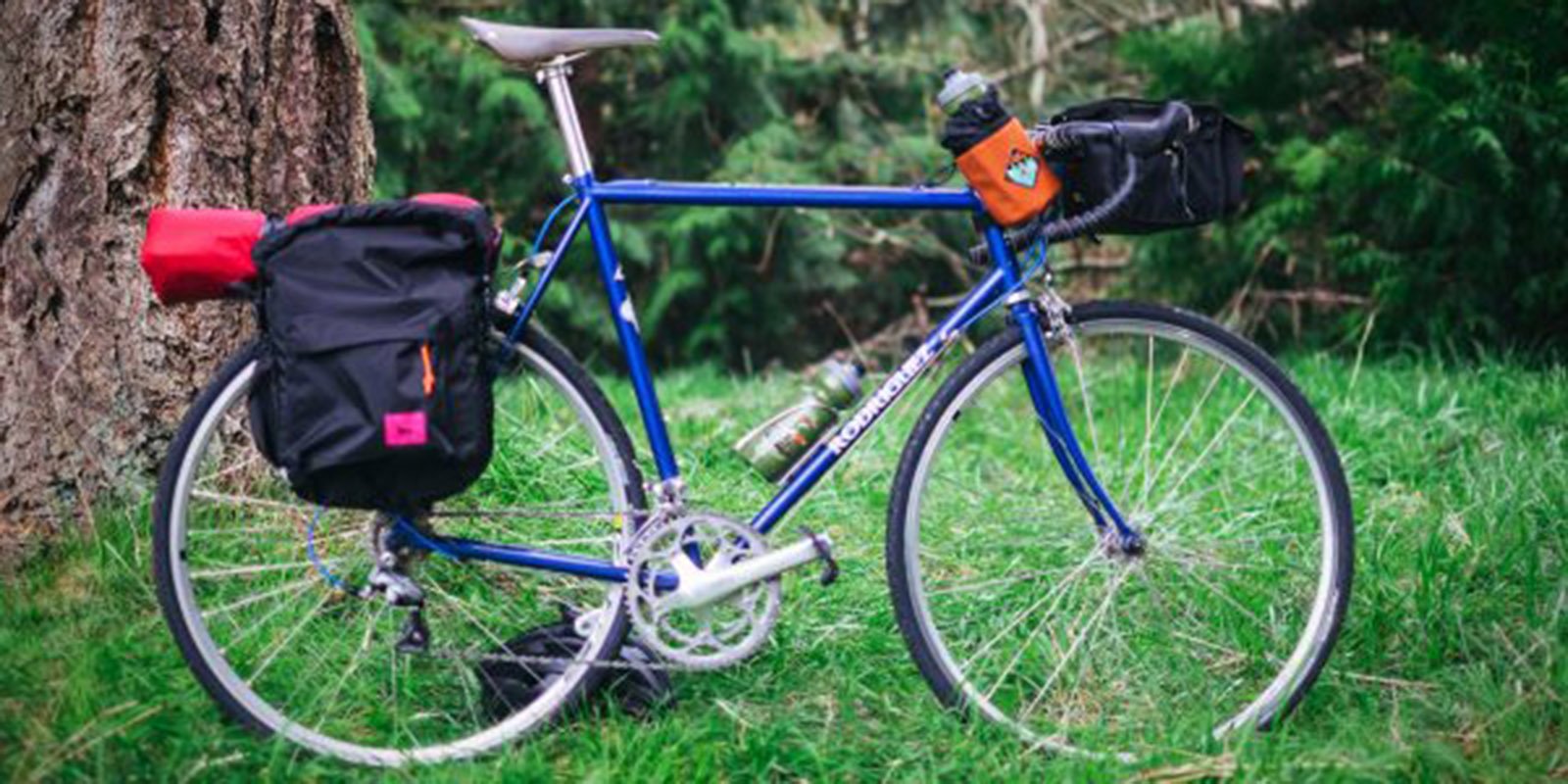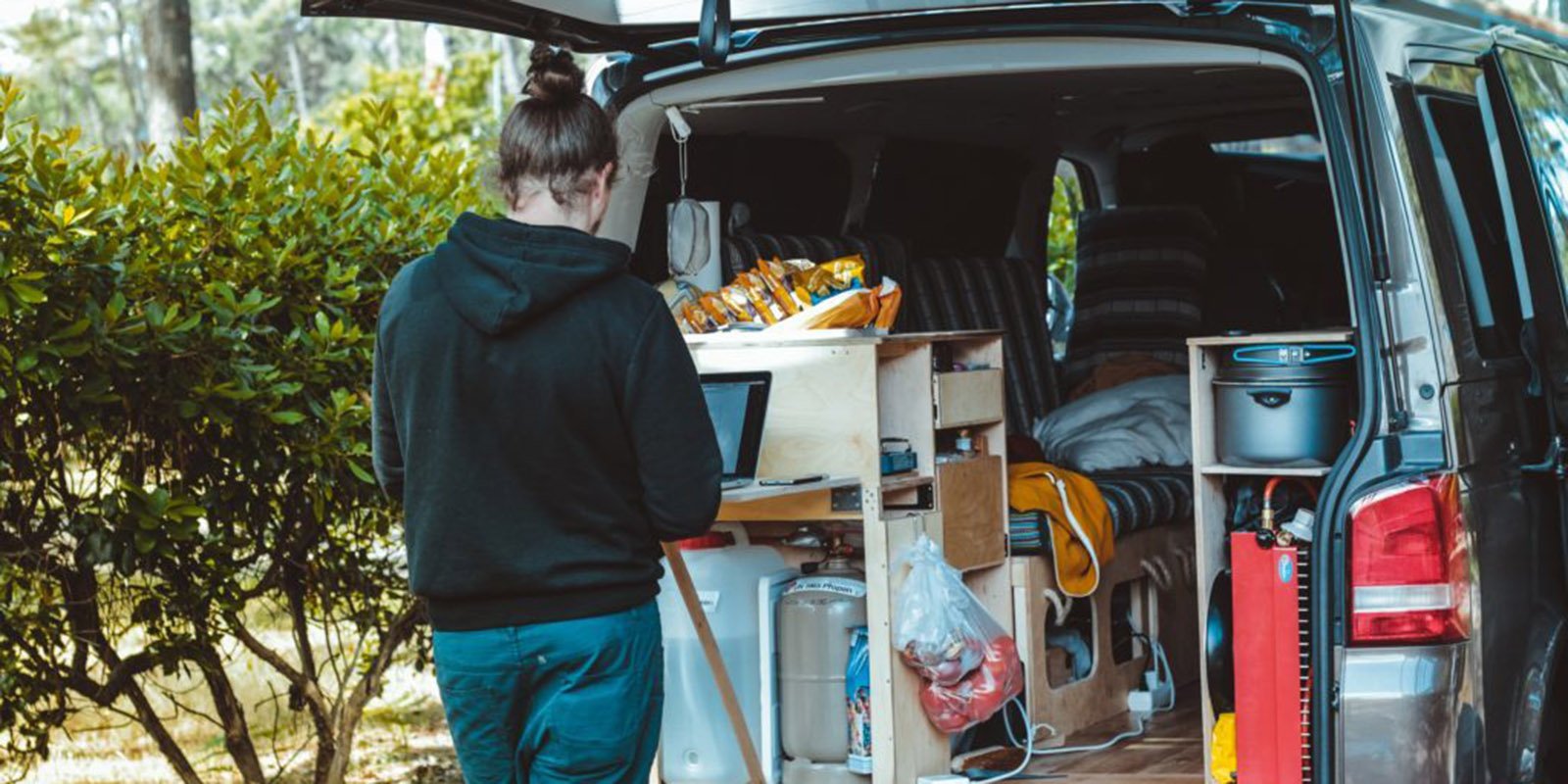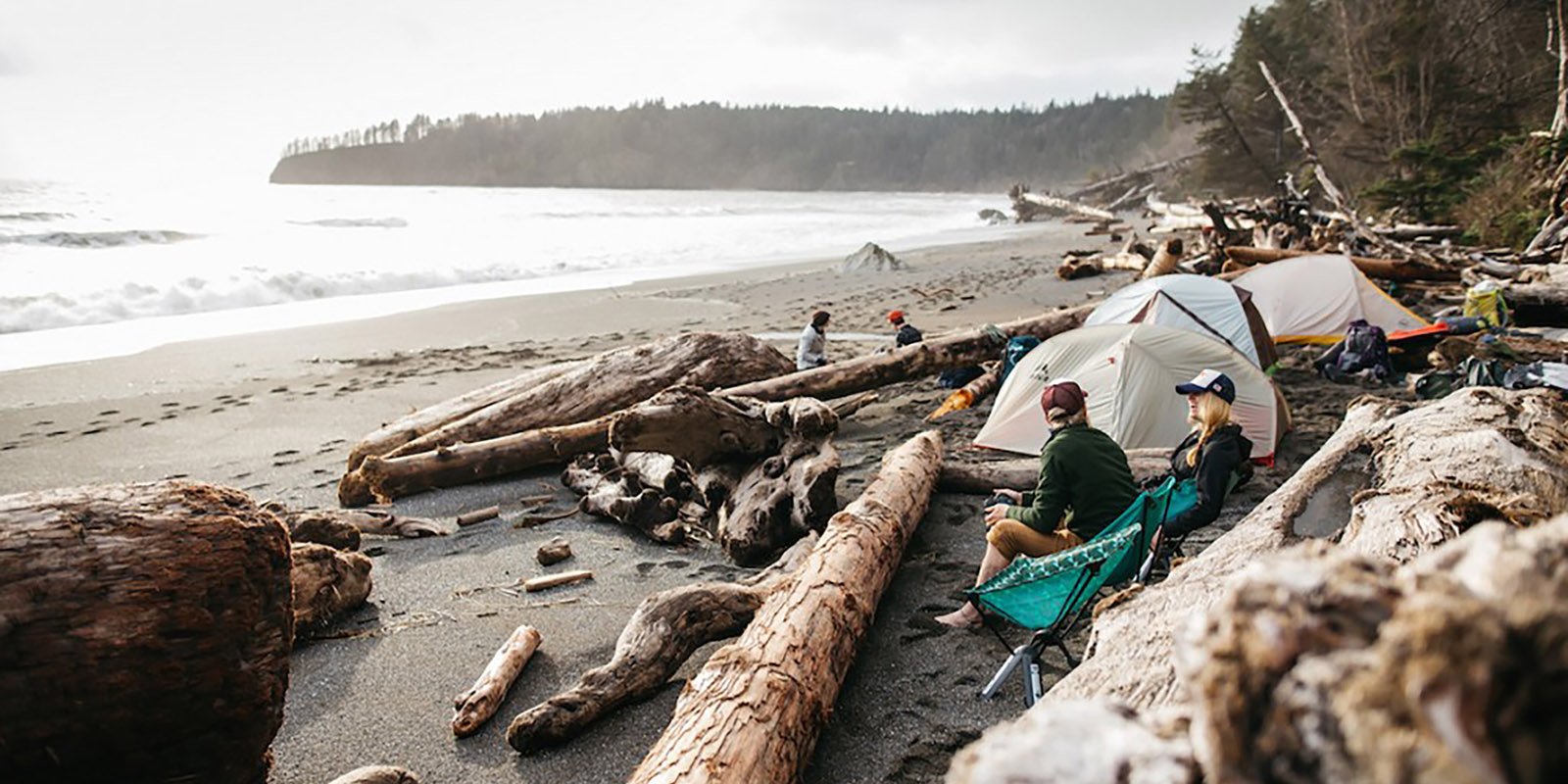Want to graduate from casual day hiker to mountaineer? Leave the beaten path for the exhilaration of alpine ridgelines, shining glaciers and thrilling technical summits? It takes experience and a bank of knowledge to move safely and efficiently on technical terrain, so it’s a great idea to start by hiring a guide or taking a course. But once you’ve got the basics like route finding, snow travel, rope skills and assessing for safety, where should you take your newfound skills? Here are five peaks that give a full-value taste of different aspects of mountaineering without requiring a lifetime of learning beforehand.
Longs Peak
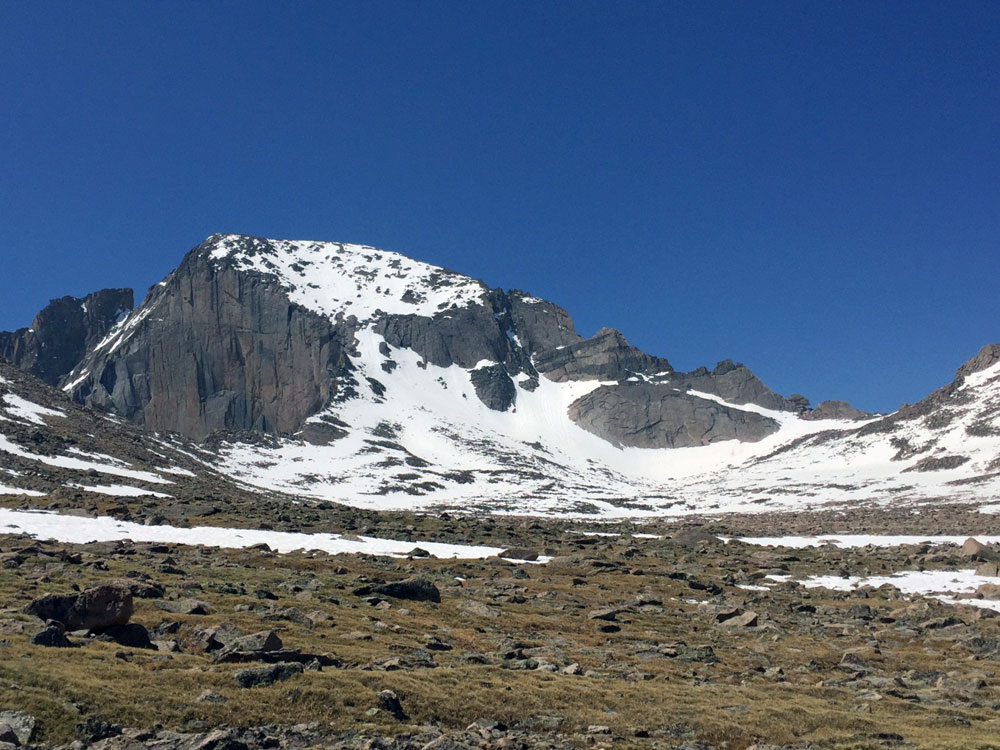 Photo: Rocky Mountain National Park
Photo: Rocky Mountain National ParkColorado’s most popular 14er, Longs is famous for its striking sheer east face, the Diamond. But it’s the Keyhole Route that draws dozens of people each day on summer weekends. Don’t let the high traffic fool you, though. It holds serious hazards like narrow ledges with sheer drop offs, loose rock, high altitude and exposed slabs that can ice-up in summer storms with fatal results. In fact, the park service has actually stopped referring to it as nontechnical. But in mild summer weather, Longs is a great introduction to high-altitude hiking and scrambling with a well-marked trail that lowers some of the stress of alpine route finding. Plus, in summer, it can be done without any snow travel, so you can leave behind your crampons. Just be prepared for a 15-mile hike gaining about 5,000 feet, ending on its ironically broad and flat summit.
Mount Shasta
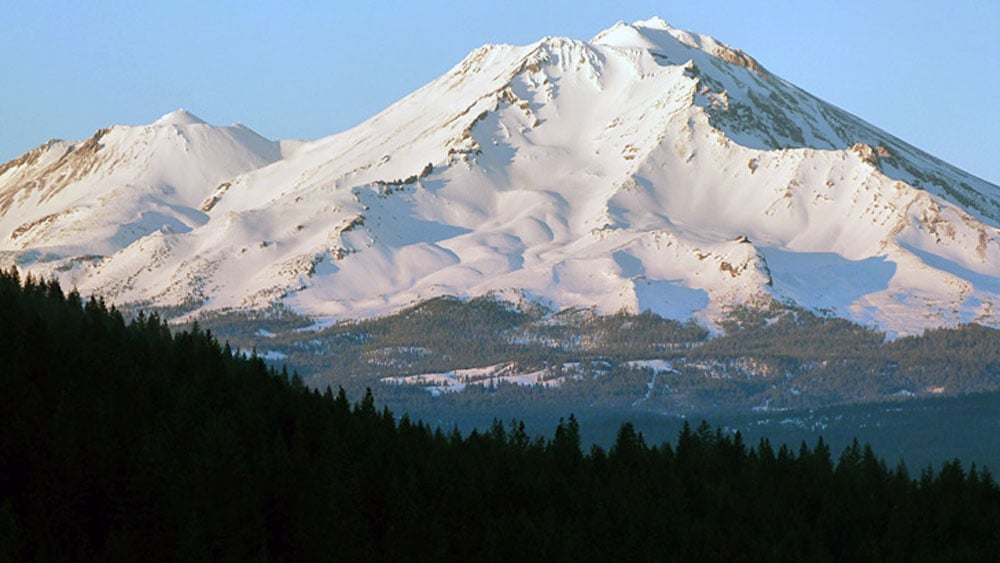 Photo: Robert Lewis, Shasta-Trinity National Forest
Photo: Robert Lewis, Shasta-Trinity National ForestWant to add crampons and an ice axe into the mix? Head to Northern California for an adventure on Mount Shasta. Almost 7,000 feet of the 10,000 feet that Shasta rises are above tree line, and the snow that sticks around between mid-May and Mid-July in Avalanche Gulch makes a great introductory snow climb. Without a trail, you’ll have to apply route-finding techniques as well as snow travel techniques with crampons, ice axe and helmet. Many parties split the trip into two days, camping at Lake Helen along the way. Either way, making it to the top of this massive volcano—only 249 feet shorter than Rainier—is a proud ascent and good practice ground as you prepare for glaciated summits.
Mount Adams
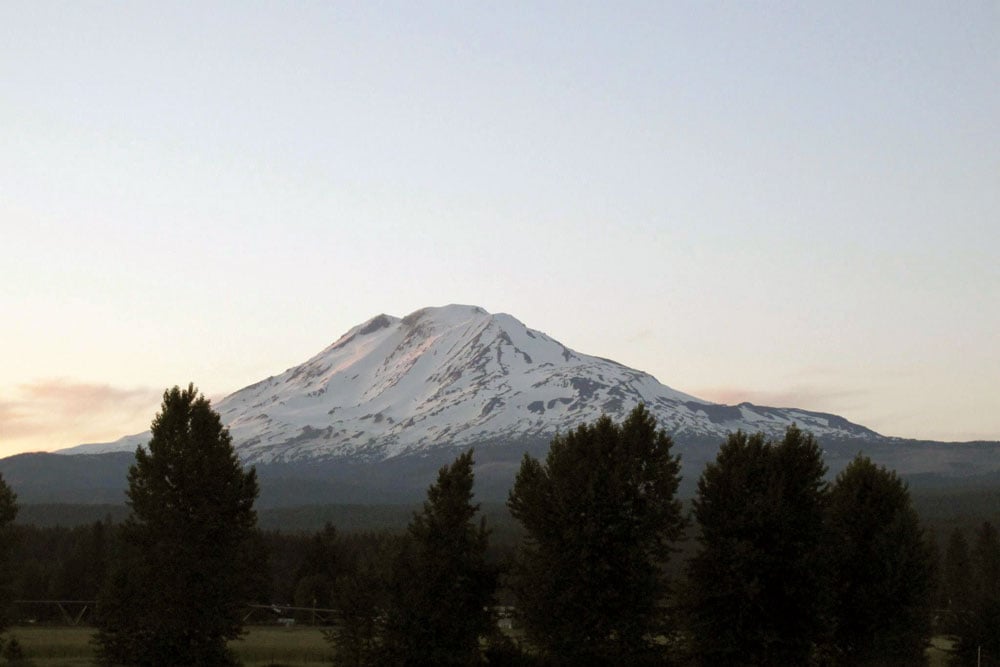 Photo: Jacob Hase
Photo: Jacob HaseThe second-highest peak in Washington, Adams also boasts a massive prominence of more than 8,000 feet and more than nine square miles of its surface is covered by perennial snow and ice features. So it’s a great place to add skis into your mountaineering mix, too. The trail up the moderate, popular South Spur Route is only 5.7 miles of crevasse-free, moderate snow climbing, but it gains more than 6,767 feet. So even though it’s a leg burner on the ascent, those gained vertical feet lead to fun, intermediate-level spring and early summer skiing up high.
Mount Baker
 Photo: Jacob Hase
Photo: Jacob HaseAnother great peak for learning glacier travel skills is Mount Baker, which tops out about 2,000 feet lower than Adams, making the altitude just a little bit easier to bear. The Coleman-Deming and Easton Glacier routes are the most popular, but Baker’s summit is guarded on all flanks by massive glaciers, making crevasses a serious concern. If you’re ready to learn ins and outs of glacier travel, this is a great place to do it. Several guide companies offer classes on Mount Baker, teaching the basics like crevasse rescue, rope techniques and self-arrest. Like Adams, Baker also offers amazing skiing, typically through early summer.
Mount Whitney
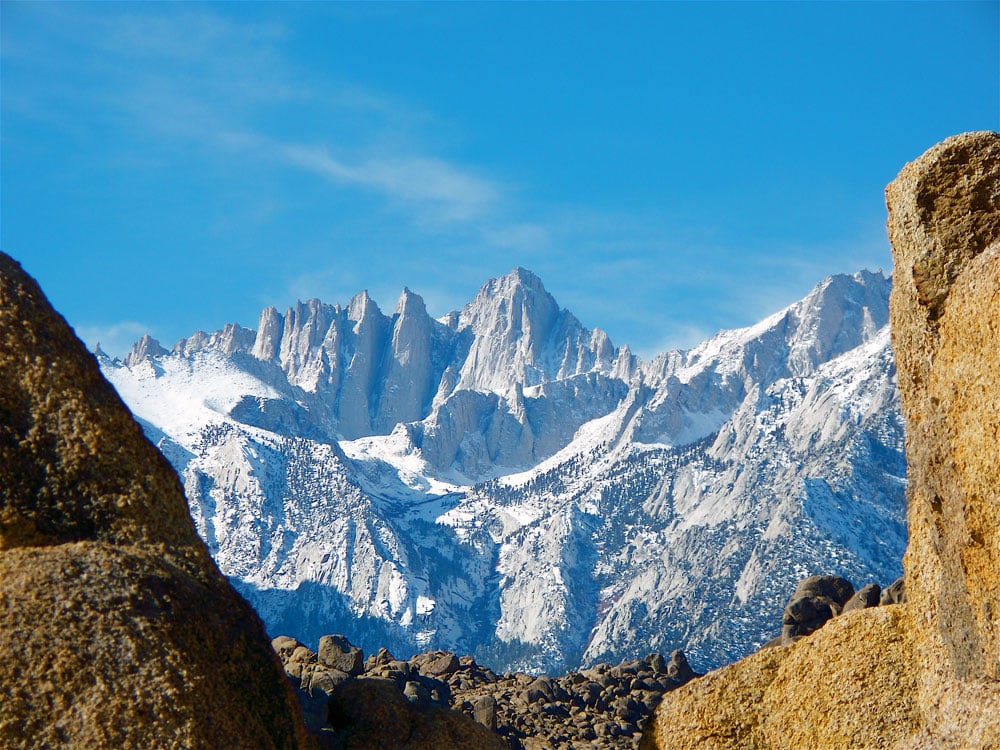 Photo: summitpost.org
Photo: summitpost.orgThe tallest mountain in the Lower 48, Mount Whitney draws serious crowds. But lucky for you, beginner mountaineer, most of the crowd heads up via the Whitney Portal, leaving the Mountaineer’s Route less populated. It’s climbable all year round with crampons and ice axe, but when the snow melts, it mellows out to a long hike with 2,000 feet of negotiating a loose gully and a bit of class 3 scrambling. First pioneered by John Muir in 1872, the Mountaineer’s Route is a fun way to get to Mount Whitney’s popular summit without traipsing along with dozens of other hikers or committing to one of the technical rock-climbing routes.
Someday you say? There’s no better time than right now, and between these fine people (and a bit of fitness!) you can make all these summits a reality:
- American Alpine Institute
- Northwest Mountain School
- Colorado Mountain School – Professional Mountain Guides
- Mountain Madness
Related Posts:


